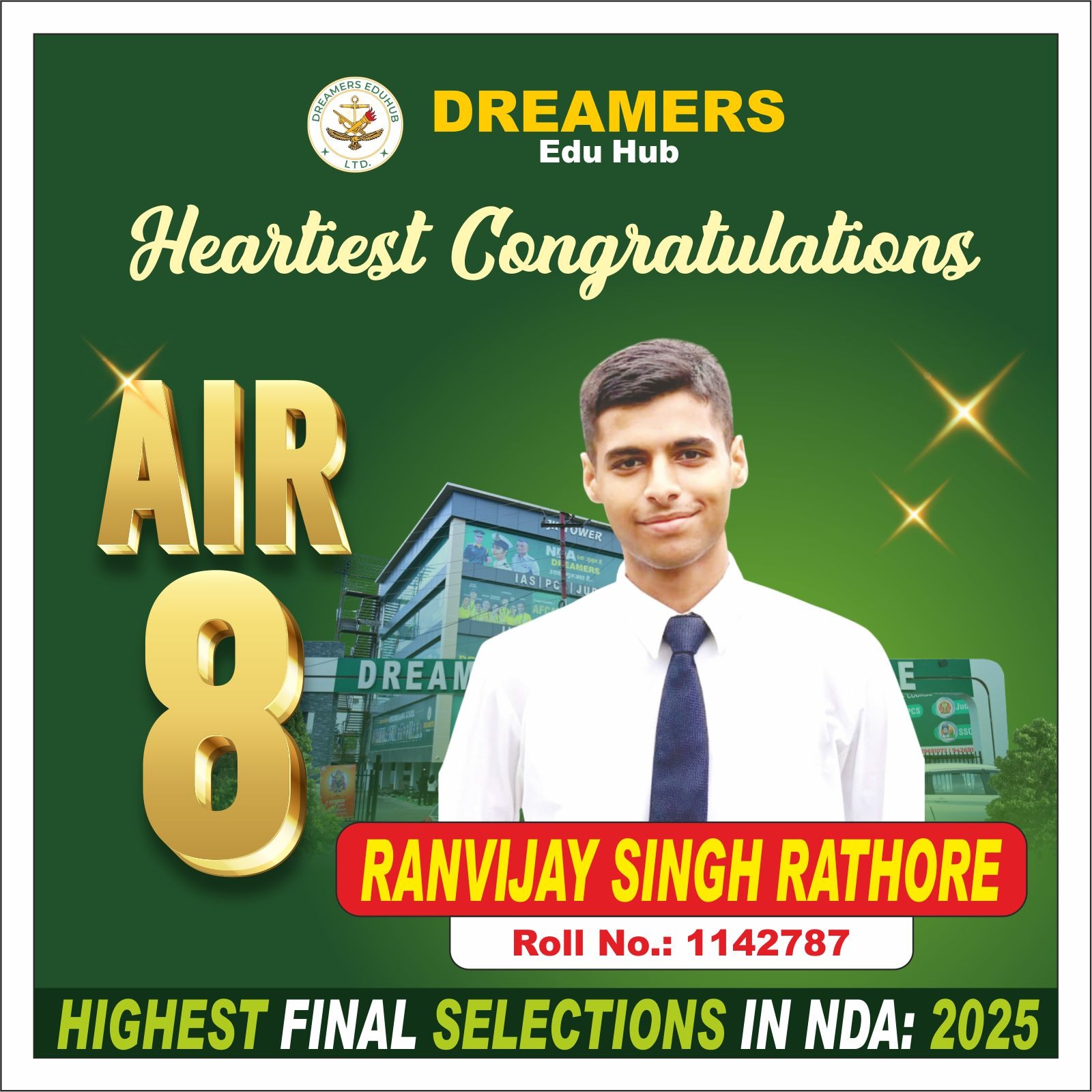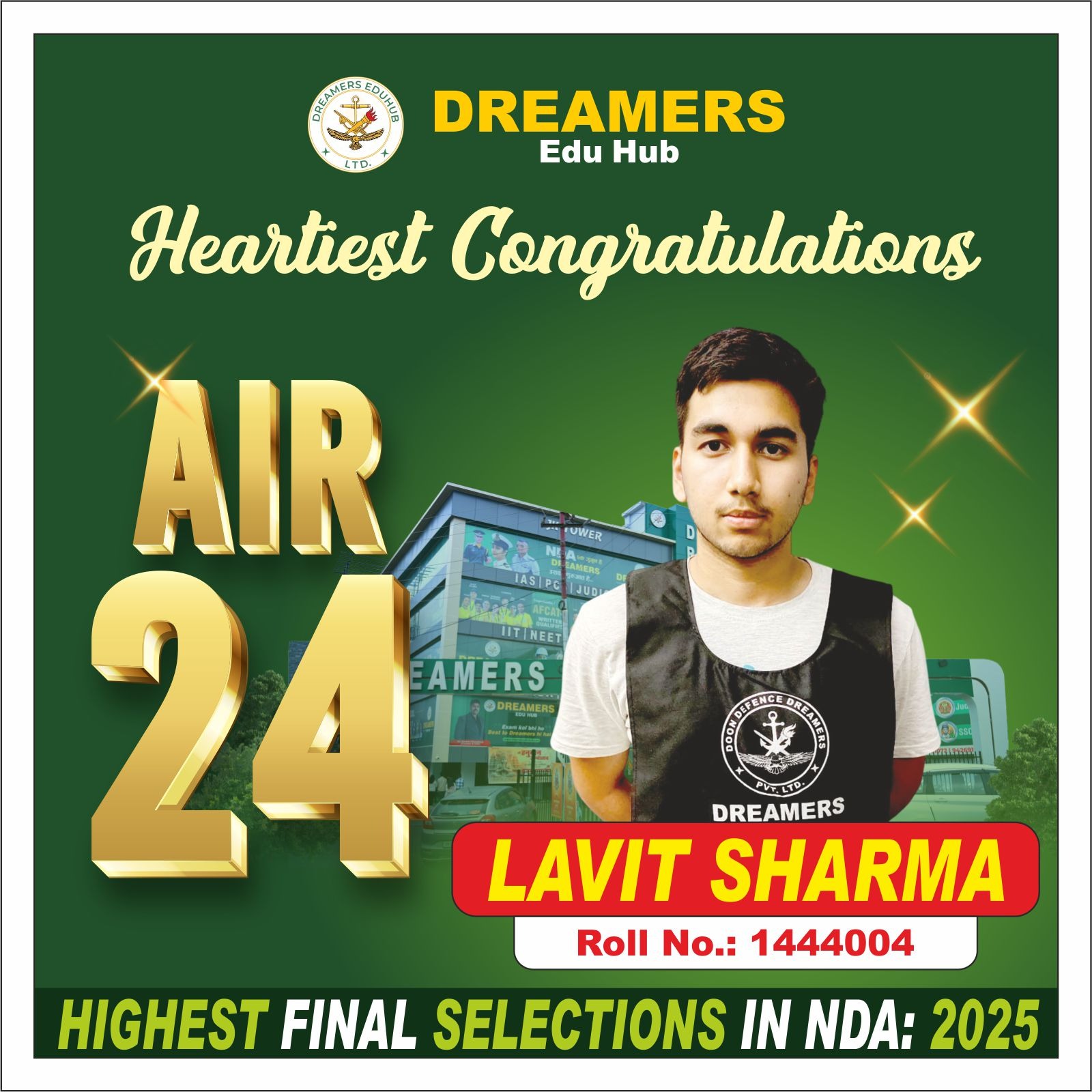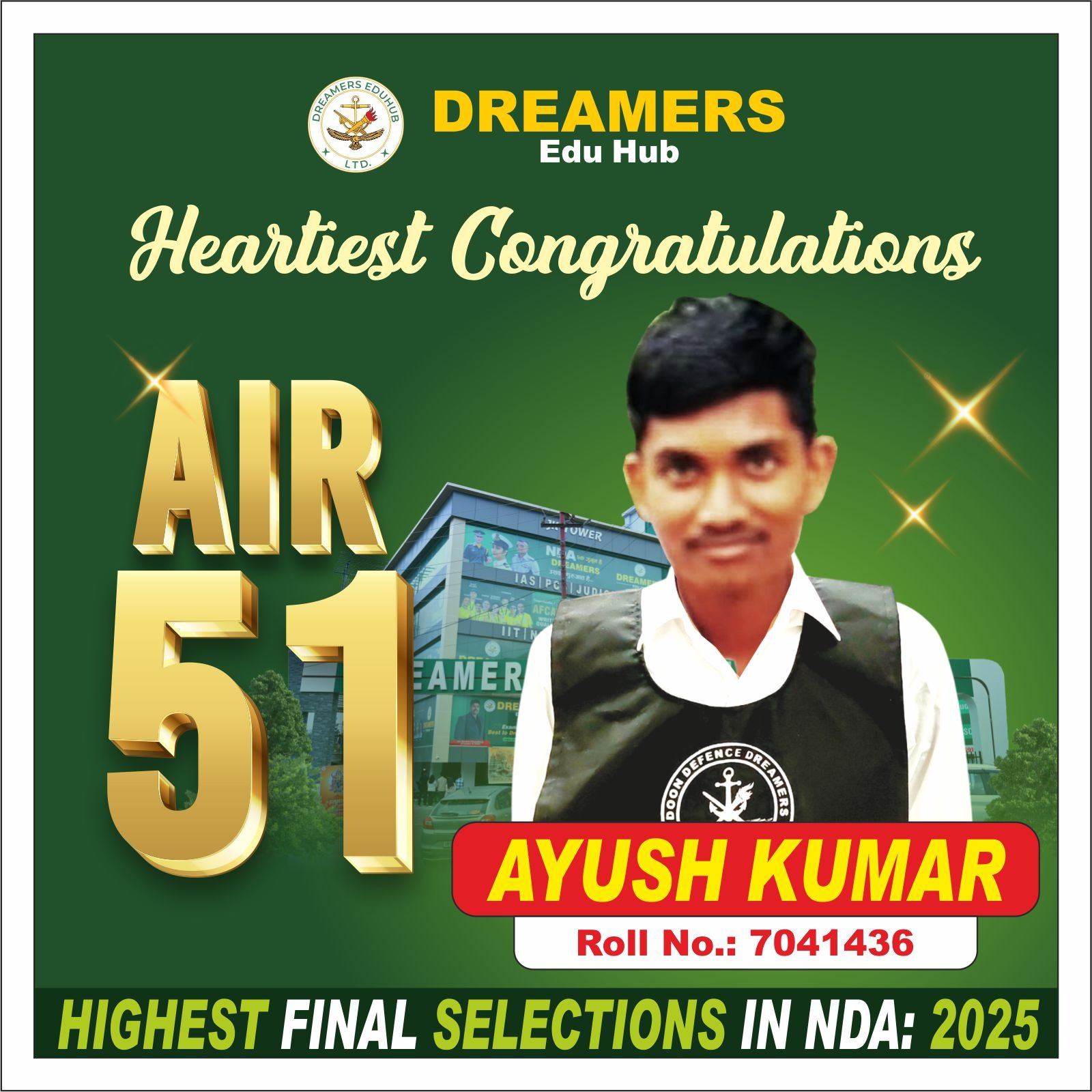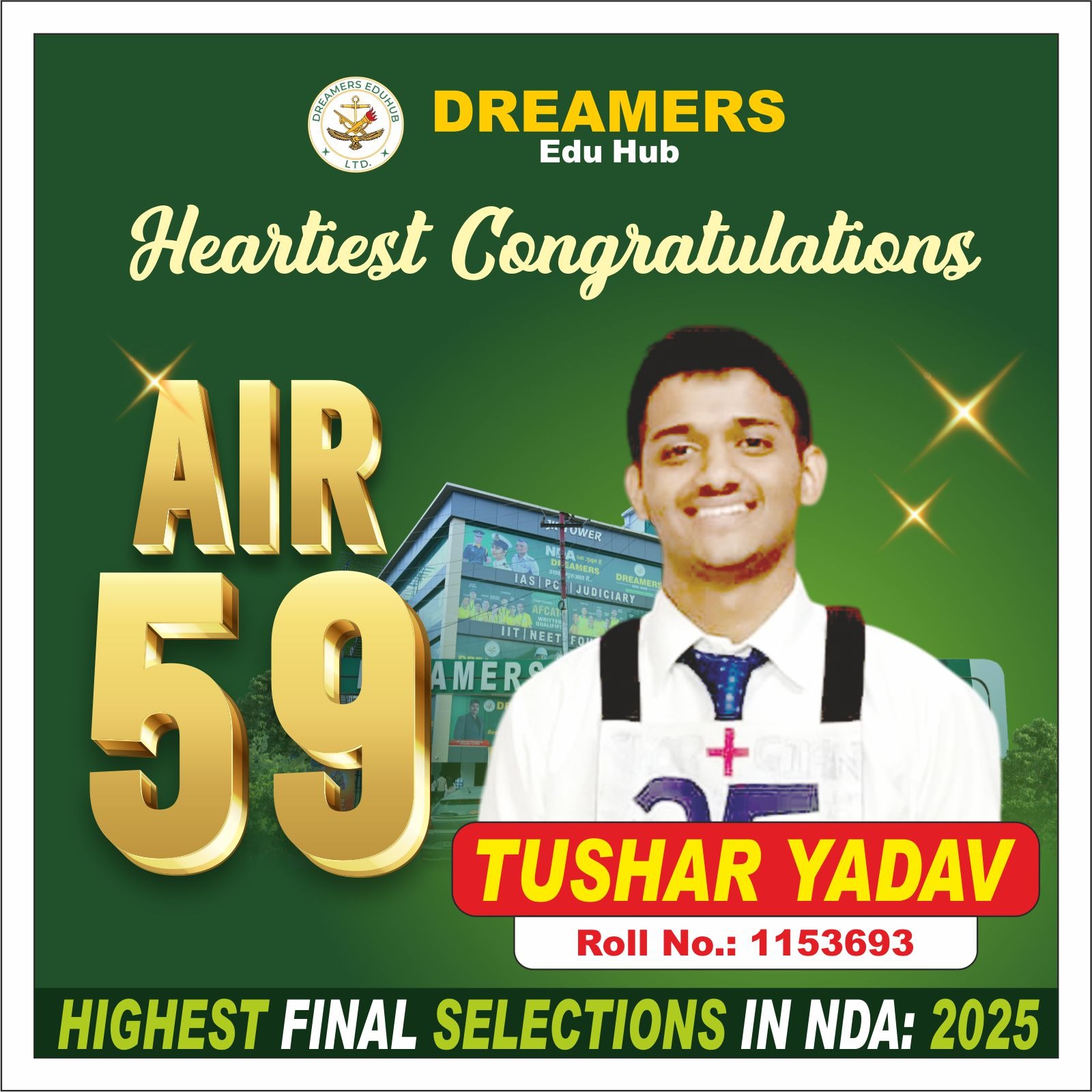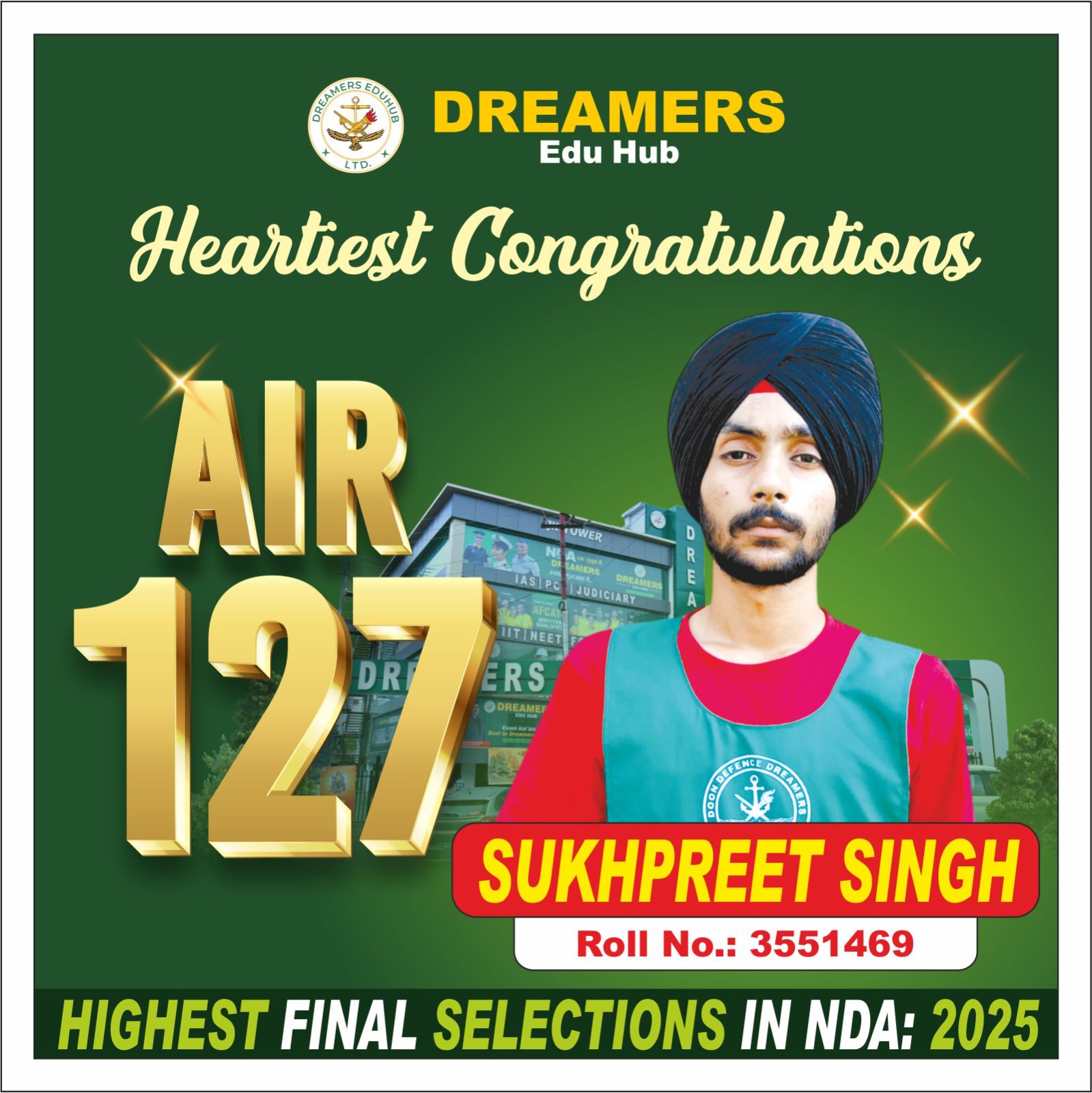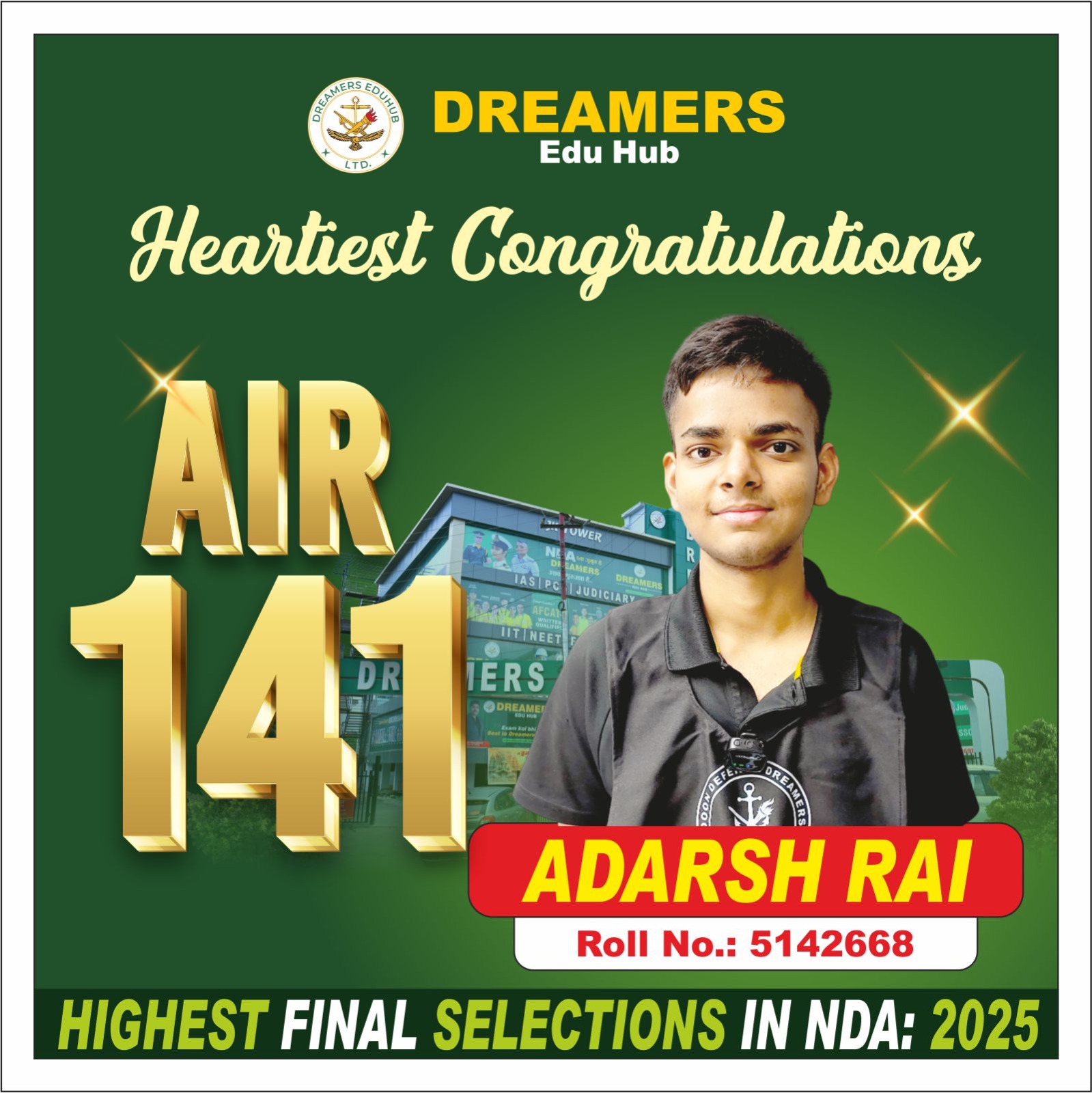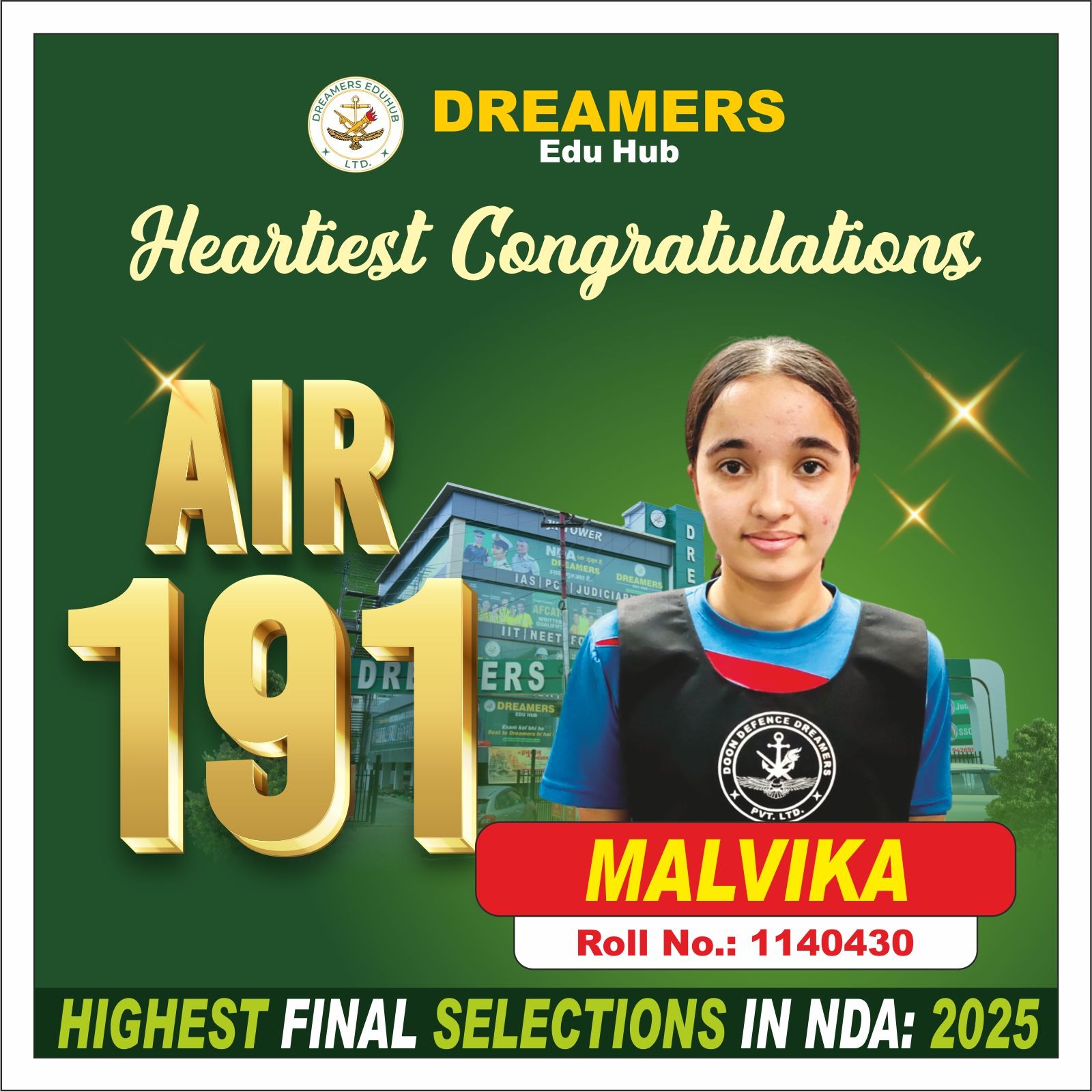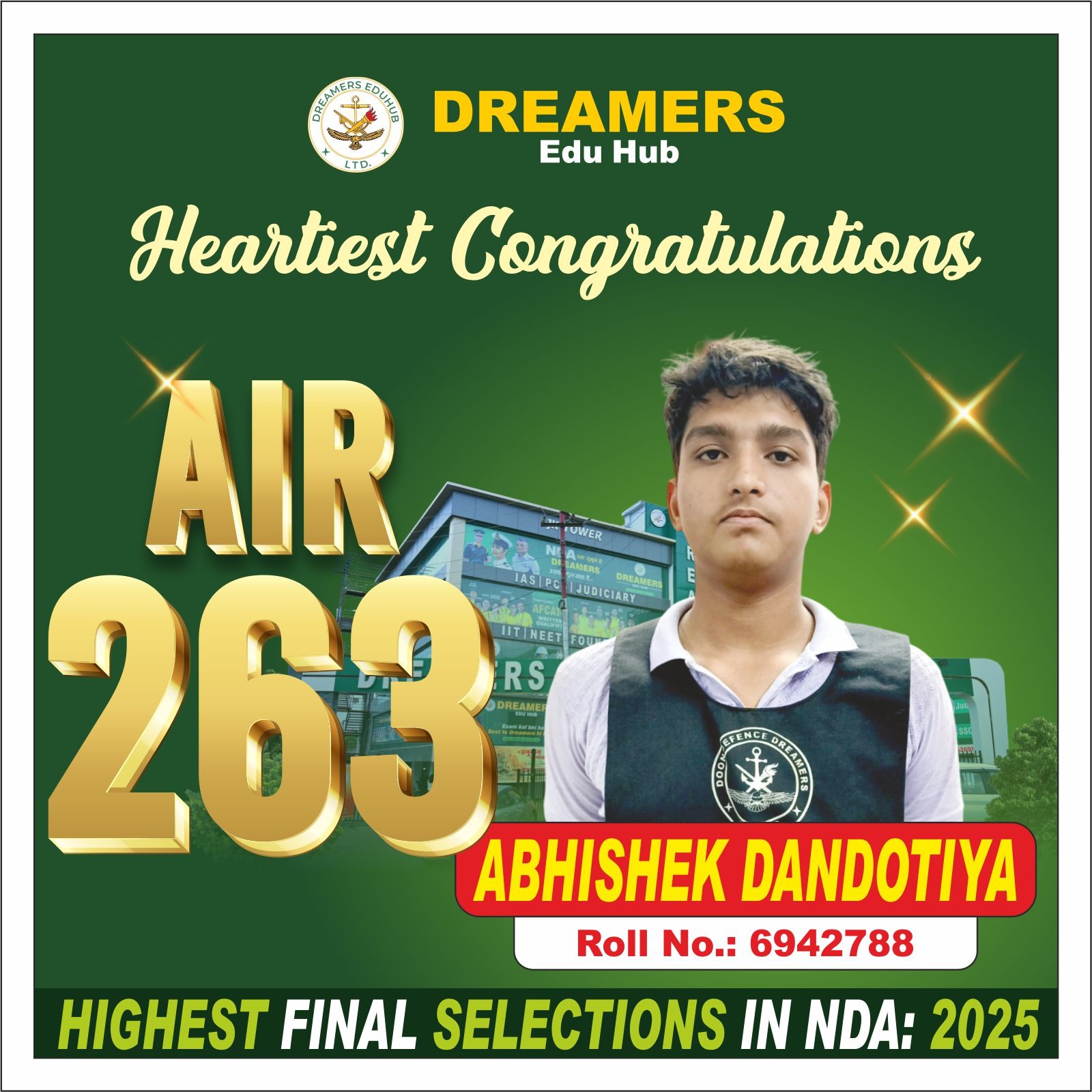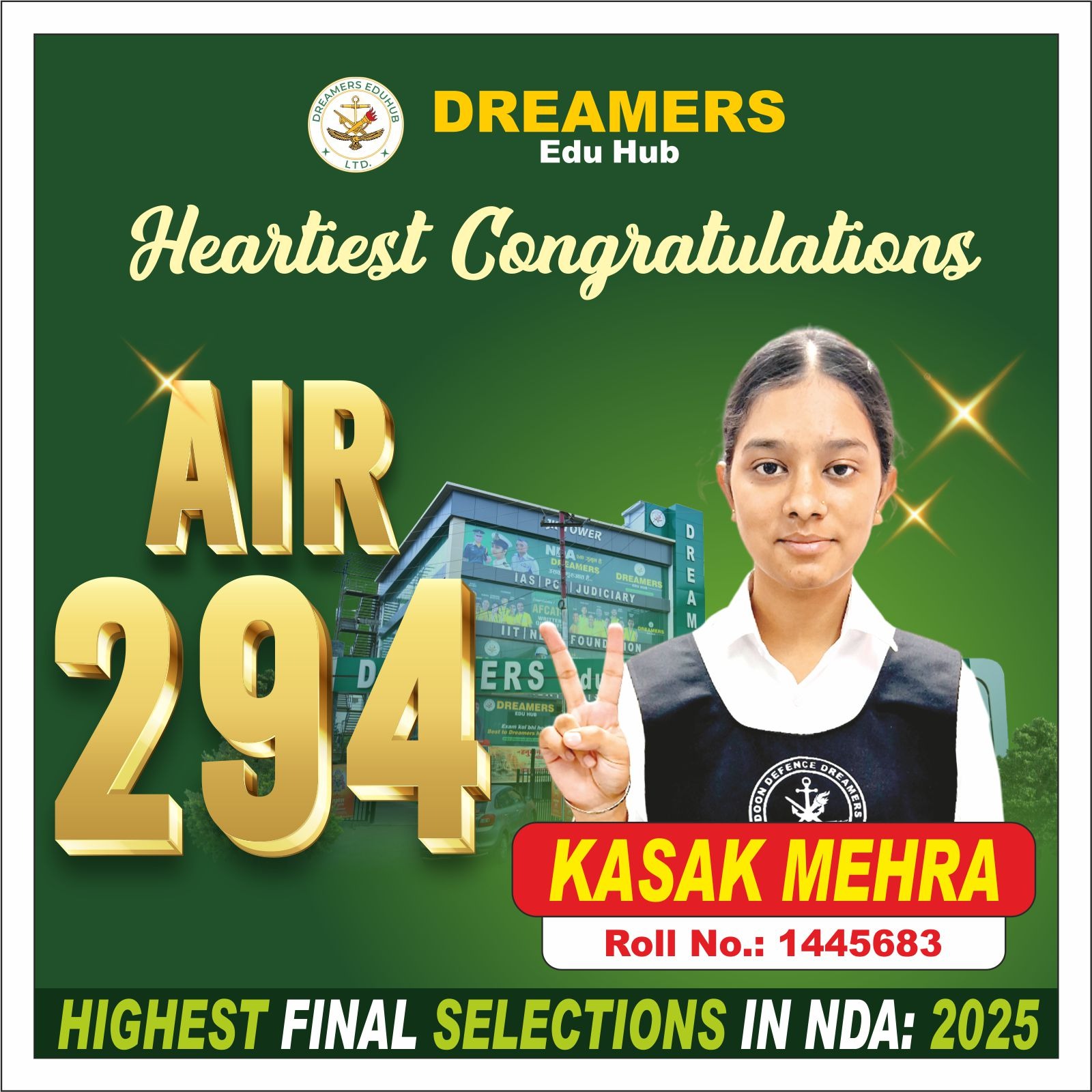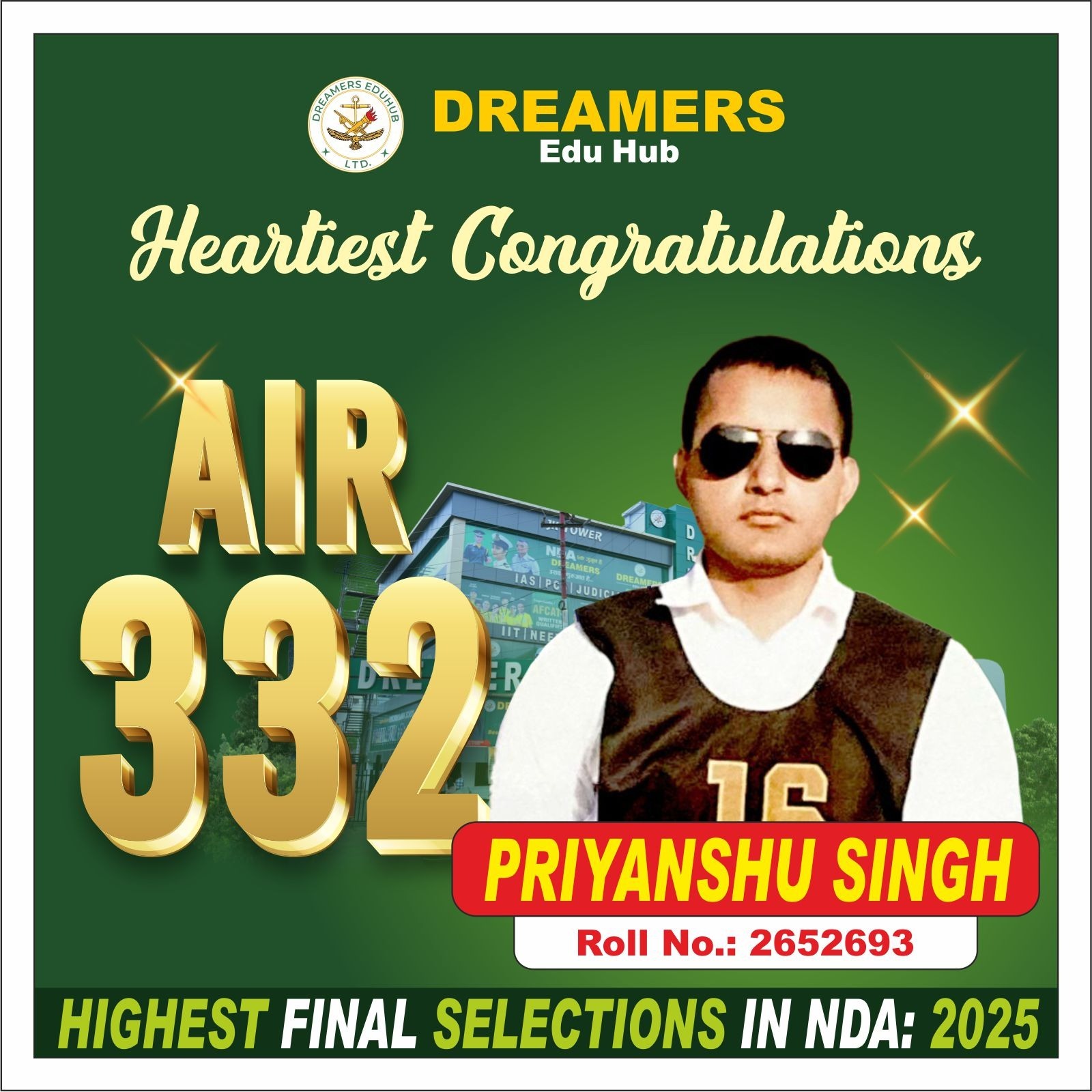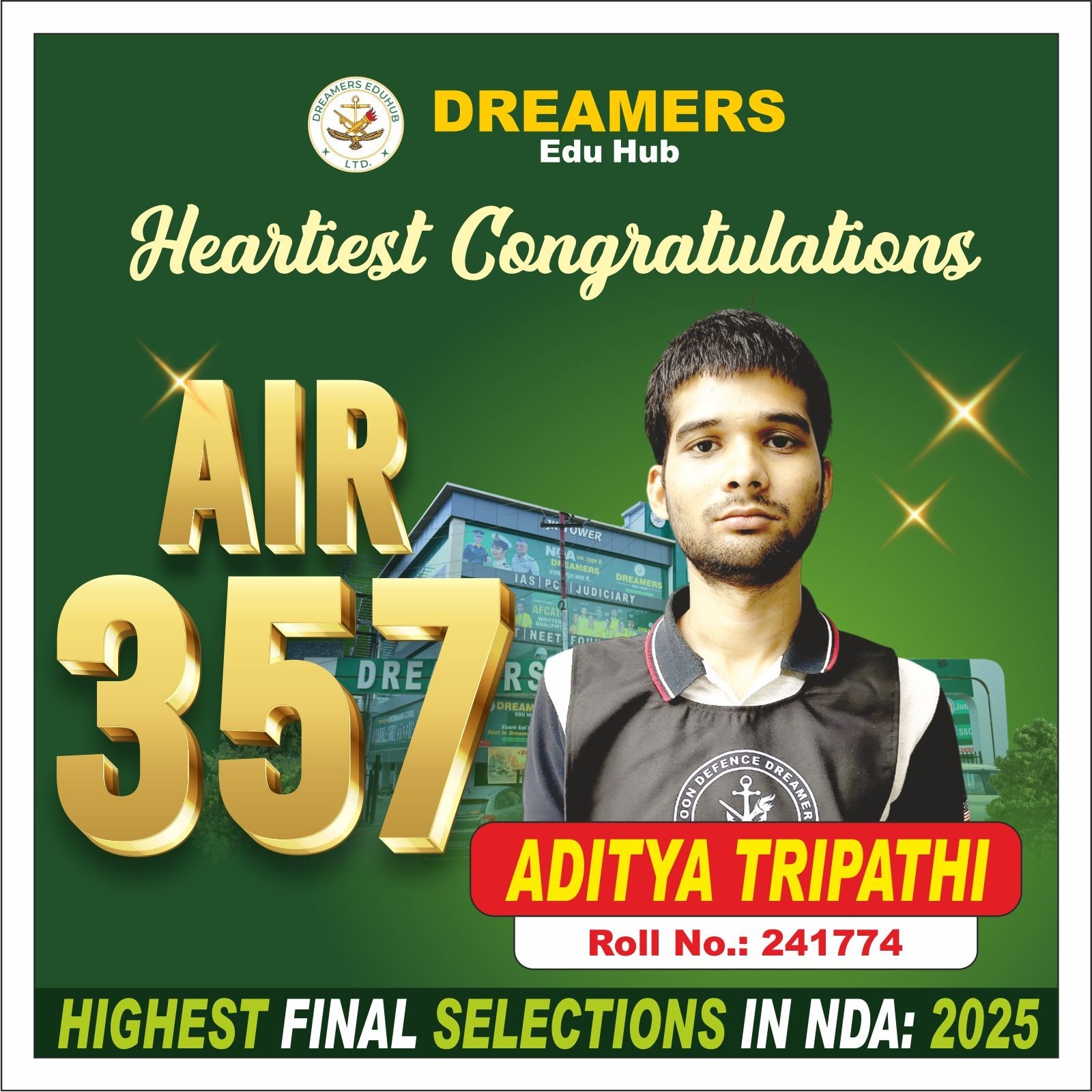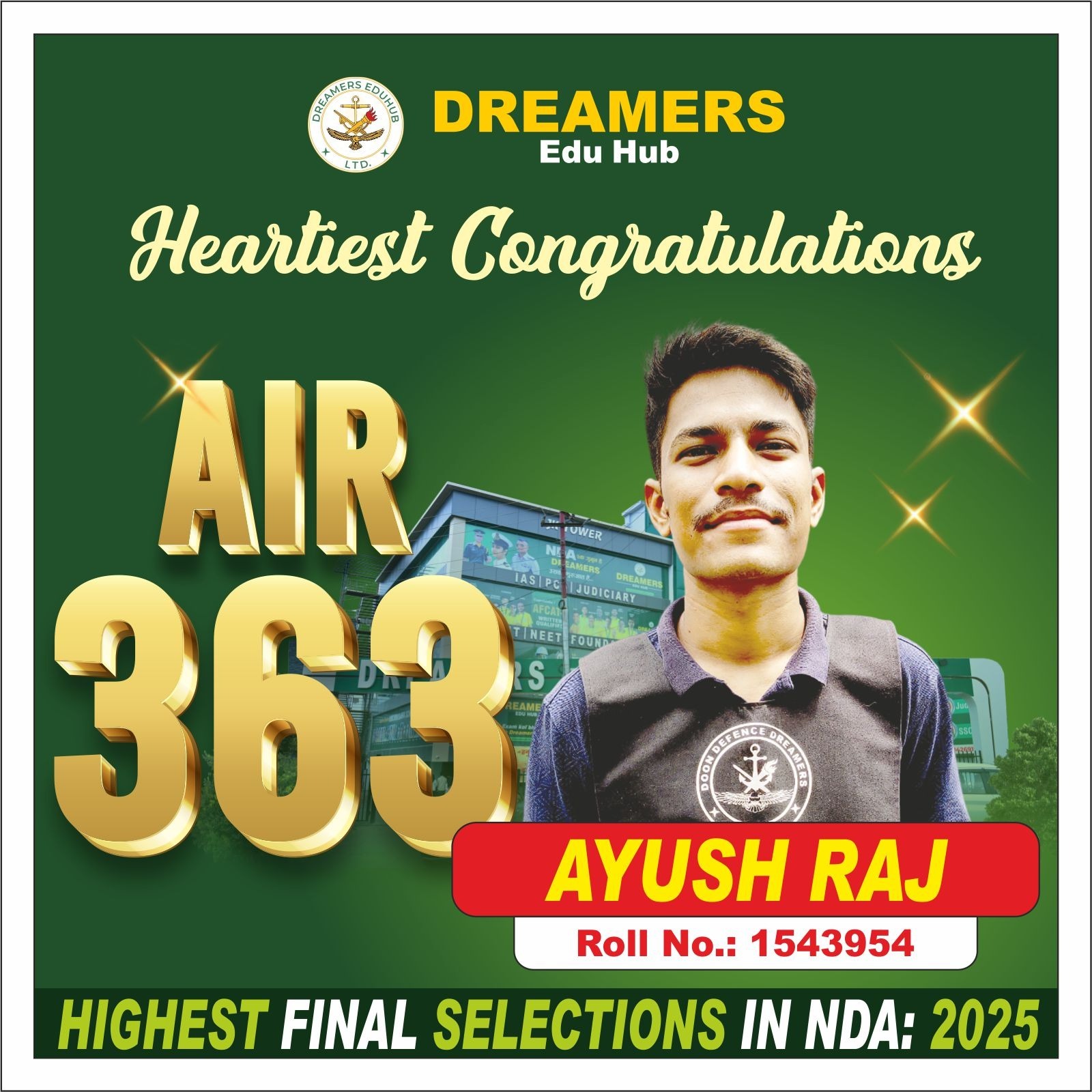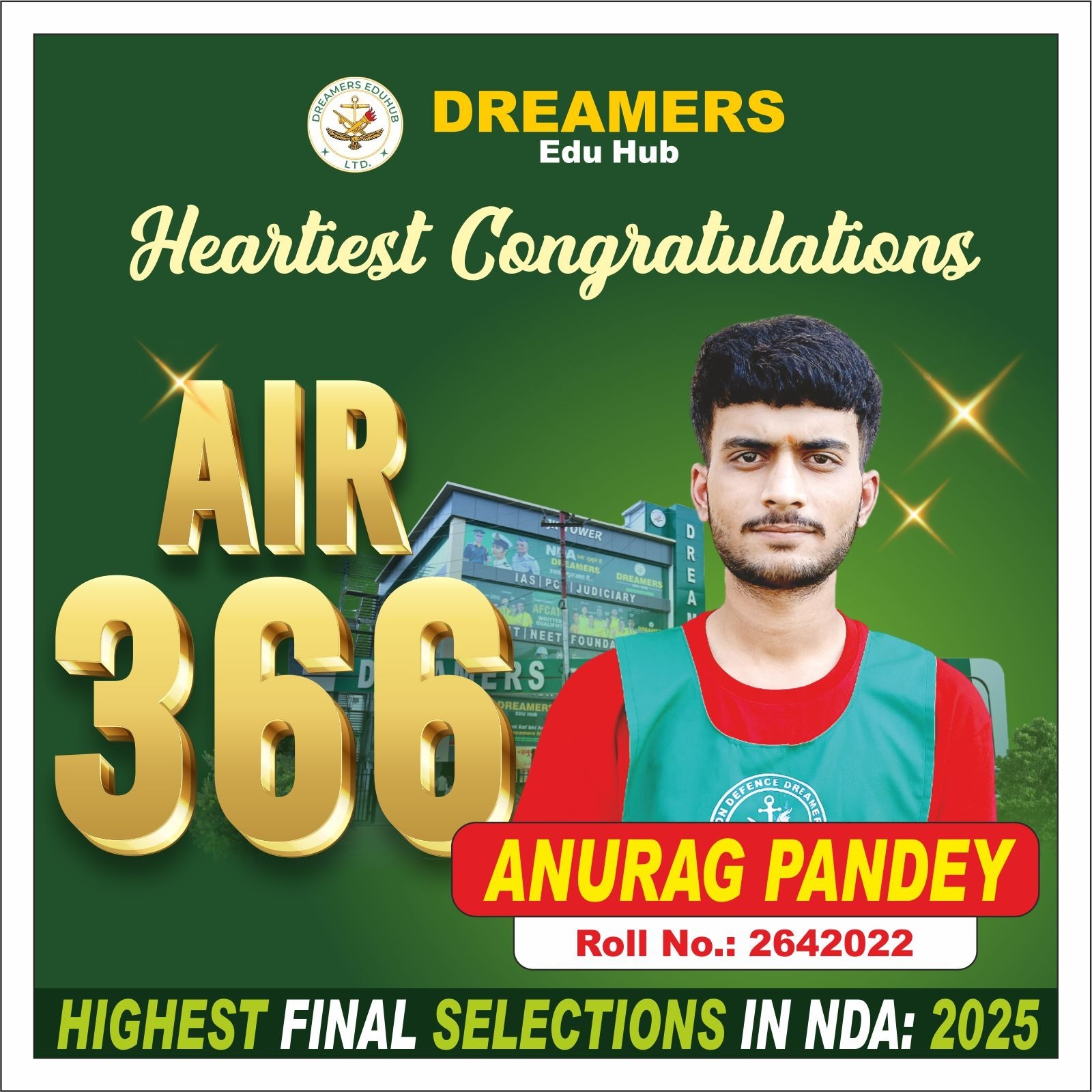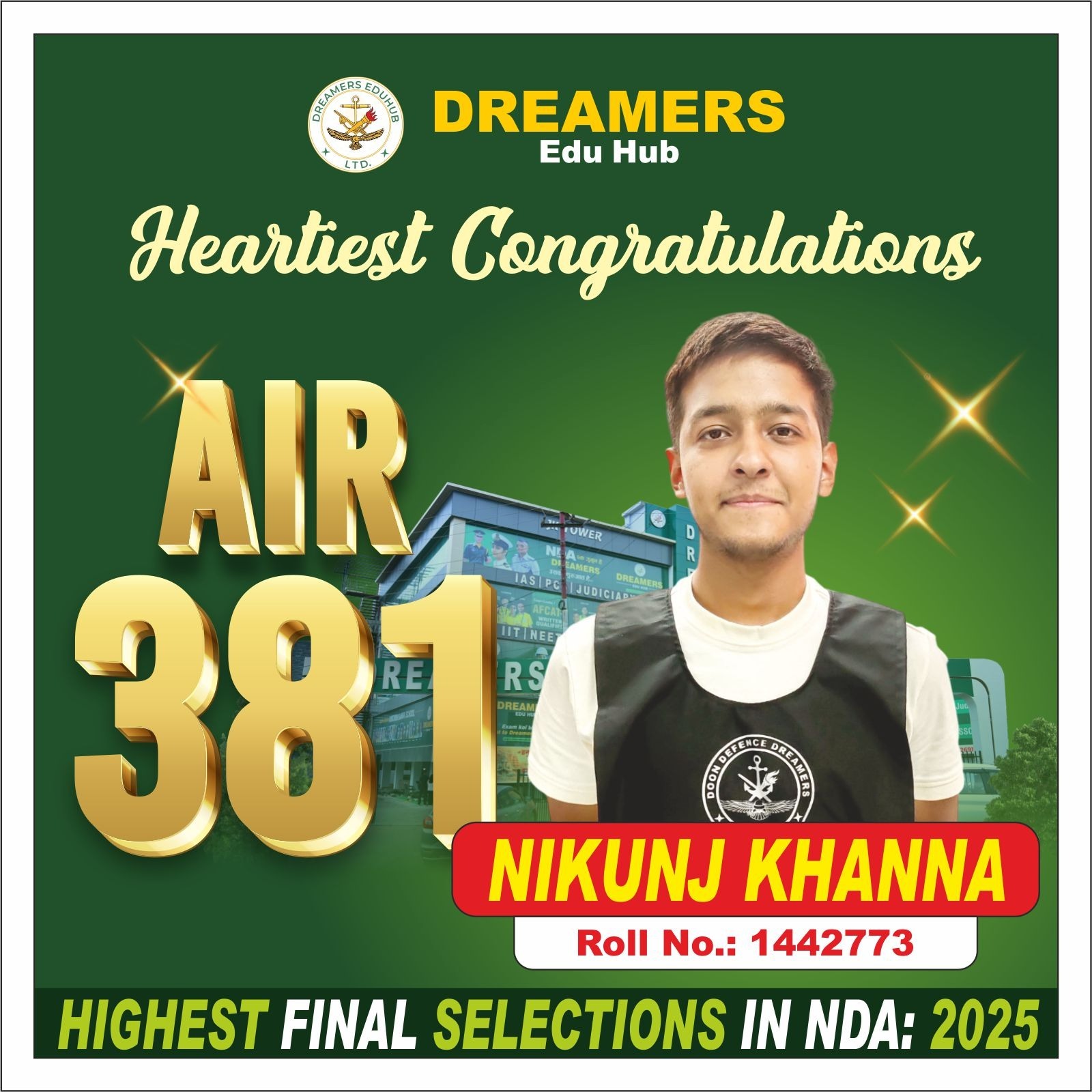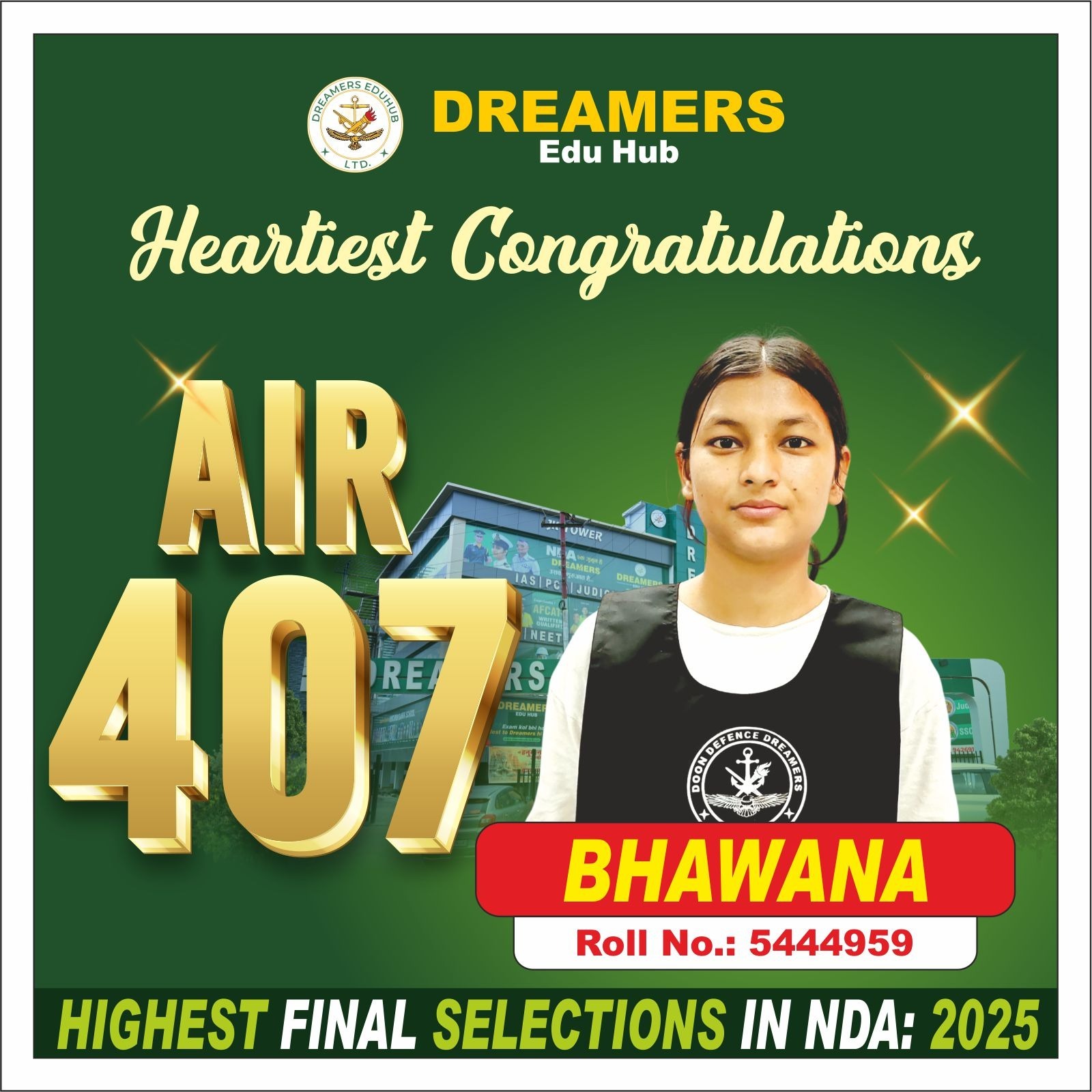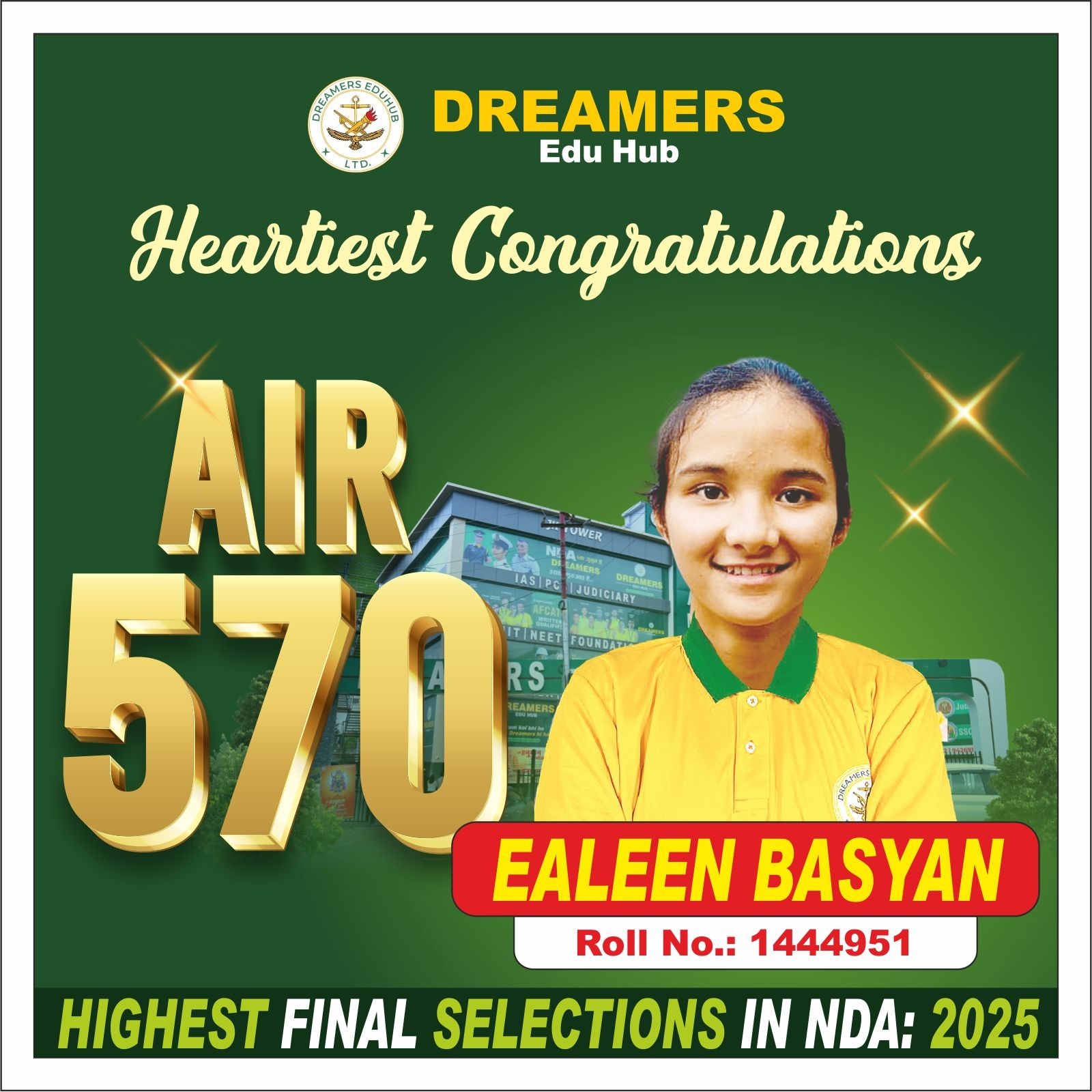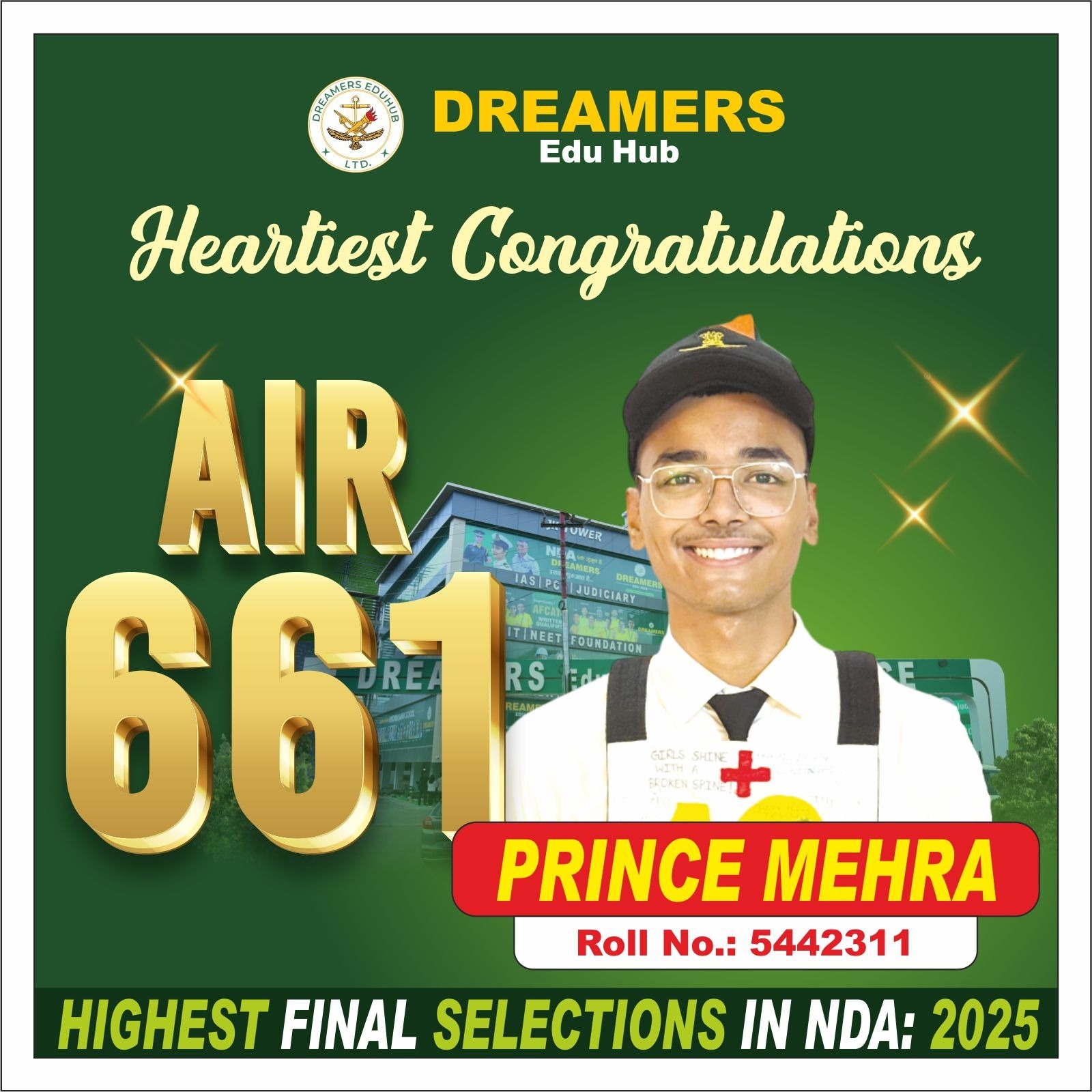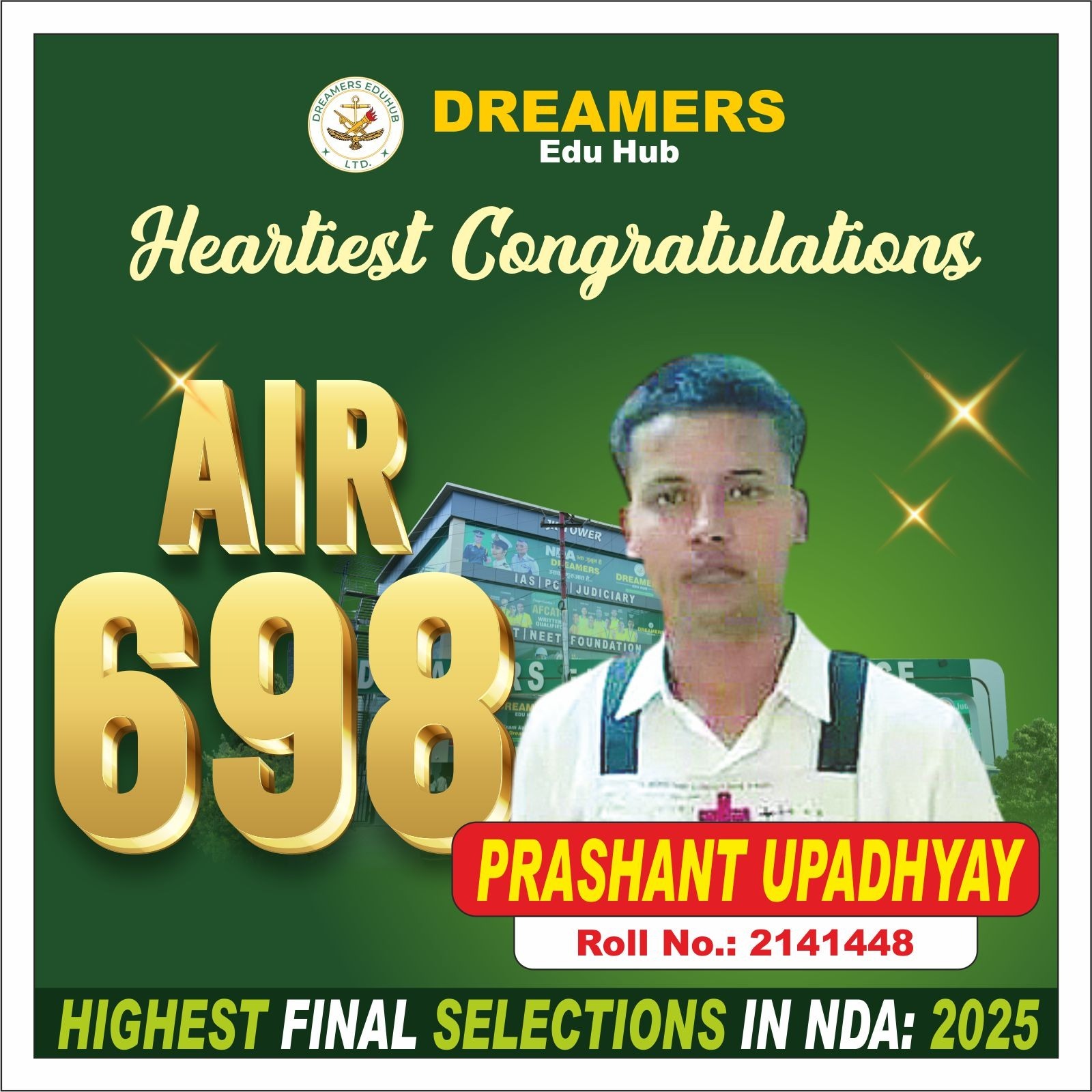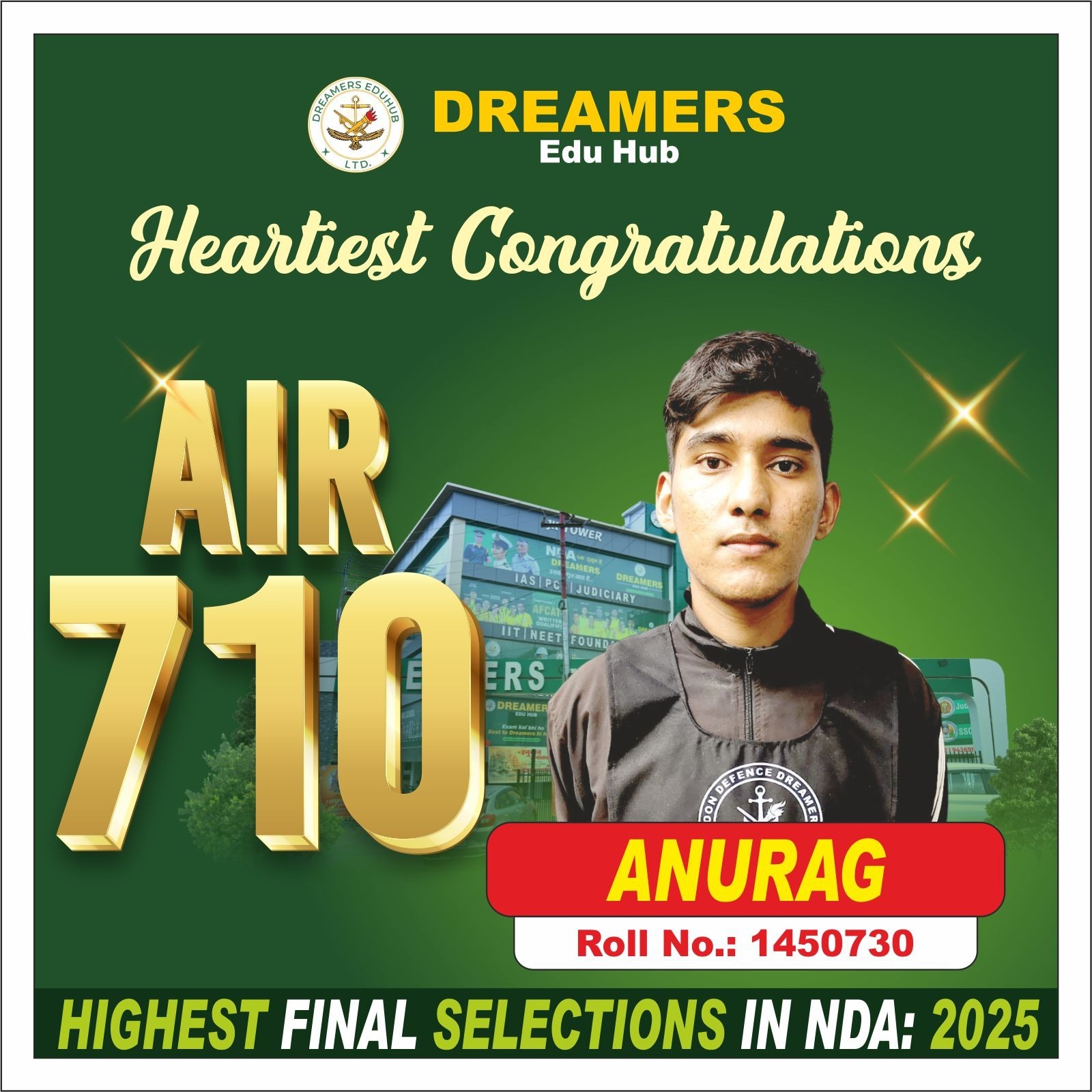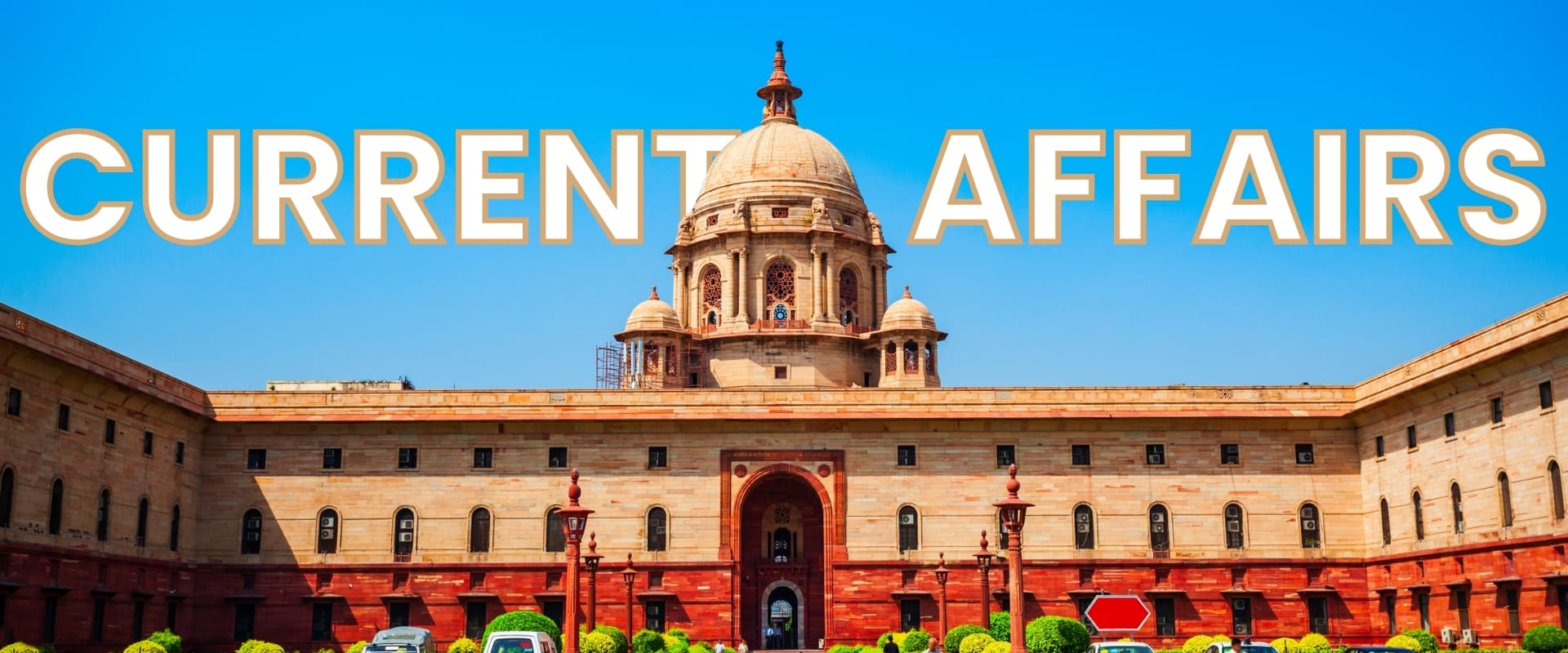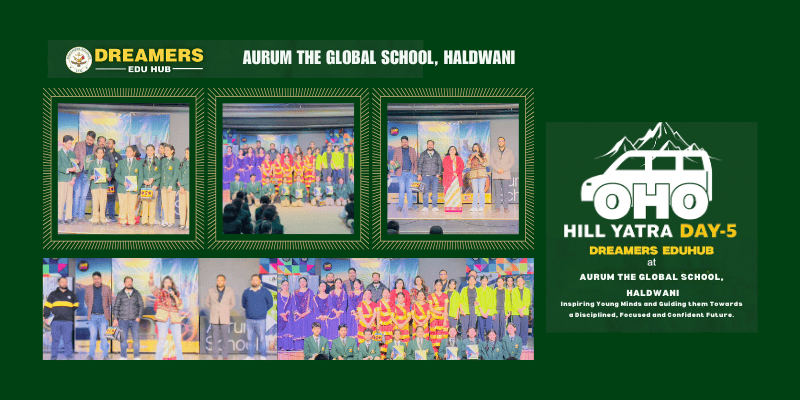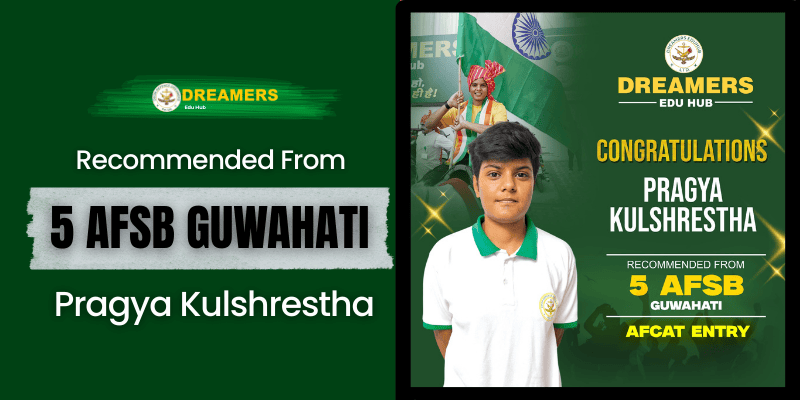Introduction
The Indian Armed Forces are one of the most prestigious institutions of the nation, and becoming an officer in the Army is a dream for countless aspirants. While there are multiple entry routes into the Army, two of the most important training academies for officers are the Indian Military Academy (IMA) and the Officers Training Academy (OTA).
Although both academies train cadets to become officers, their commission type, duration of training, eligibility criteria, and career scope differ significantly. Many aspirants often get confused about which academy they should aim for.
This article provides a detailed comparison between OTA and IMA, helping you understand the major differences, benefits, and challenges of each path. We will also explain how institutions like Doon Defence Dreamers guide aspirants in choosing the right career path in the Armed Forces.
What Is IMA?
The Indian Military Academy (IMA) is located in Dehradun, Uttarakhand. It was established in 1932 and has a glorious history of producing some of the finest Army officers.
Commission Type: IMA trains cadets for a Permanent Commission (PC) in the Indian Army.
Entry Routes: Aspirants can join IMA through CDS Exam, Direct Entry, University Entry Scheme (UES), and Technical Graduate Course (TGC).
Training Duration: The training at IMA usually lasts for 18 months, though technical entries may have variations.
Career Scope: Officers commissioned from IMA serve until retirement, enjoying full career growth, promotion up to higher ranks, and pension benefits.
IMA is ideal for aspirants looking for a long-term career in the Army with complete service benefits.
What Is OTA?
The Officers Training Academy (OTA) is located in Chennai and Gaya. It is primarily designed to train cadets for Short Service Commission (SSC).
Commission Type: OTA trains cadets for Short Service Commission, which typically lasts 10 years, extendable to 14 years. In some cases, SSC officers may later opt for Permanent Commission, depending on vacancies and eligibility.
Entry Routes: Entry to OTA is mainly through the CDS Exam and SSC Technical Entries. Importantly, OTA is also the academy that trains women cadets, making it crucial for female aspirants.
Training Duration: The training at OTA is shorter, lasting around 49 weeks (11 months).
Career Scope: Officers from OTA serve for a fixed duration. While they enjoy the honor of being commissioned officers, they may or may not transition to Permanent Commission.
OTA is best suited for aspirants who want to serve the Army for a limited period before pursuing other career opportunities or those seeking SSC in technical or non-technical branches.
Key Differences Between OTA & IMA
| Factor | IMA (Indian Military Academy) | OTA (Officers Training Academy) |
|---|---|---|
| Location | Dehradun, Uttarakhand | Chennai (primary), Gaya |
| Type of Commission | Permanent Commission (PC) | Short Service Commission (SSC) |
| Duration of Training | ~18 months | ~49 weeks |
| Eligibility | Male graduates (various entries) | Male & Female graduates (SSC) |
| Career Length | Till retirement age | 10 years (extendable to 14) |
| Promotion Opportunities | Full career progression up to senior ranks | Limited due to shorter service duration |
| Pension & Benefits | Eligible for full pension and retirement benefits | Limited benefits; pension not guaranteed unless converted to PC |
| Scope for Women | Not available at IMA | Women officers trained exclusively at OTA |
Similarities Between OTA & IMA
While there are differences, both academies share some common goals:
Leadership Training: Both aim to shape cadets into disciplined, courageous, and effective leaders.
Rigorous Selection: Entry into both academies requires clearing the CDS exam, SSB interview, and medical standards.
Prestige: Whether through OTA or IMA, wearing the Army uniform carries immense pride and respect.
National Service: Cadets from both academies dedicate themselves to serving the nation with honor.
Which Is Better: OTA or IMA?
This question does not have a universal answer. The choice depends on your career goals and personal circumstances.
If you want a long-term military career with pension, promotions, and senior positions → IMA is the better choice.
If you want to serve the nation for a few years and then switch to another career, or if you are a female aspirant, then OTA is the right path.
Both academies have their own prestige and importance. The key lies in understanding your aspirations.
Doon Defence Dreamers: Guiding Aspirants for OTA & IMA
Choosing between OTA and IMA can be confusing, but proper guidance makes it easier. At Doon Defence Dreamers, aspirants are prepared for both CDS Exam and SSB Interview, which are the gateways to both academies.
Expert Coaching: With highly experienced faculty, the academy covers the entire CDS syllabus in detail.
SSB Training: Since performance in the SSB interview is critical, Doon Defence Dreamers provides intensive SSB interview preparation, including psychological tests, group tasks, and personal interviews.
Physical Fitness: Specialized training sessions help students meet the Army’s fitness standards.
Career Counseling: The mentors help students understand the difference between OTA & IMA and choose the best fit based on their long-term goals.
Women Aspirants: With OTA being the path for women officers, the academy places special emphasis on guiding female candidates toward success.
By offering a complete roadmap, Doon Defence Dreamers ensures that students don’t just clear the written exam but also develop the mindset and personality required to thrive in OTA or IMA.
Conclusion
Both the Indian Military Academy (IMA) and the Officers Training Academy (OTA) hold prestigious positions in the Indian Army’s training ecosystem. While IMA offers a Permanent Commission for those seeking a lifelong career in the Armed Forces, OTA provides a Short Service Commission, allowing officers to serve for a specific duration with honor and dignity.
Your choice between IMA and OTA should depend on your career aspirations, lifestyle goals, and personal preferences.
With expert guidance from institutions like Doon Defence Dreamers, aspirants can navigate this decision more effectively. By offering top-class NDA Coaching in Dehradun, CDS Coaching, and complete SSB Interview Preparation, the academy helps students secure their dream of serving the nation through the path that suits them best.

